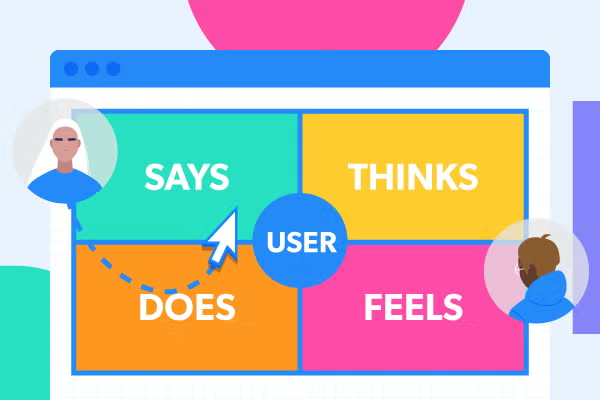Blogs

Designing with Empathy: How Human-Centred Technology is Shaping the Future
Many innovators who have changed the world for the better have been passionate about improving human lives. But what does it mean to place human wellbeing at the heart of technology?
This is the principle driving human-centred design (HCD). A well-established approach in design and organisational leadership, HCD focuses on creating empathy-driven services and environments. Hallmarks of HCD include: prioritising the voices and needs of end-users; understanding their lived experiences, concerns and priorities; developing emotionally intuitive services; and going beyond a utilitarian or purely technical focus to explore the meaning and purpose of the service and promote user wellbeing.
In simpler terms, HCD is about making sure that the people who will use technology are heard and considered throughout the design process. Every stakeholder’s voice counts. So this approach to problem-solving takes people’s needs, fears, hopes, dreams and challenges seriously. HCD values what local communities know and think. Instead of imposing solutions from the top, it aims to connect with people in meaningful ways and understand their specific situations. This way, HCD helps people use technology in ways that are inclusive, participatory, and intuitive.
The Says quadrant captures what users say about a technology; one way to find this out is through conducting interviews with users or observing them making comments about technology as they use it in their everyday lives.
“I don’t understand what I’m supposed to do.”
“I wish there was an easier way to update my files.”
The Thinks quadrant captures the thoughts flitting through a user’s head throughout their experience of using a technology. This helps us gauge the user’s own priorities, especially if they do not feel comfortable vocalising it out loud.
“I don’t want to use this again.”
“Is this worth it?”
“Finally, something that suits me!”
The Does quadrant pinpoints which actions the user performs, capturing both the short-term and long-term consequences of a design for the user’s life.
- An elderly person refuses to use a laptop because typing hurts her shoulders and there is no seating adjustment to make it easier for mobility-impaired older users.
- A child in a wheelchair starts going to school more regularly after ramps are installed in all buildings.
The Feels quadrant captures the user’s emotional state. We might ask: what concerns our users? What sparks joy or excitement?
Frustrated: a person with colour-blindness finds that a website is only using red and green contrasts.
Relieved: a student with a vision impairment finds that their professor has “alt-text” enabled for every lecture slide.
Almost all great technological innovations have been defined by their ability to serve people in new or more inclusive ways - from the first XBox Controller for video-gamers with disabilities to the first lipstick applicator for mobility-impaired users. But few inventions can succeed without empathy for the people most impacted by them. That’s why human-centred design is so crucial for helping us focus on the purpose and experience of technology. Rather than being swayed by the features of the tool itself (a technology-centred approach), human-centred design asks how a technology will support users - thereby placing human welfare at the heart of innovation.
Blog written by,
Dr. Nomisha Kurian
University of Warwick, Assistant Professor | Child Wellbeing, Education | Researcher and Consultant
